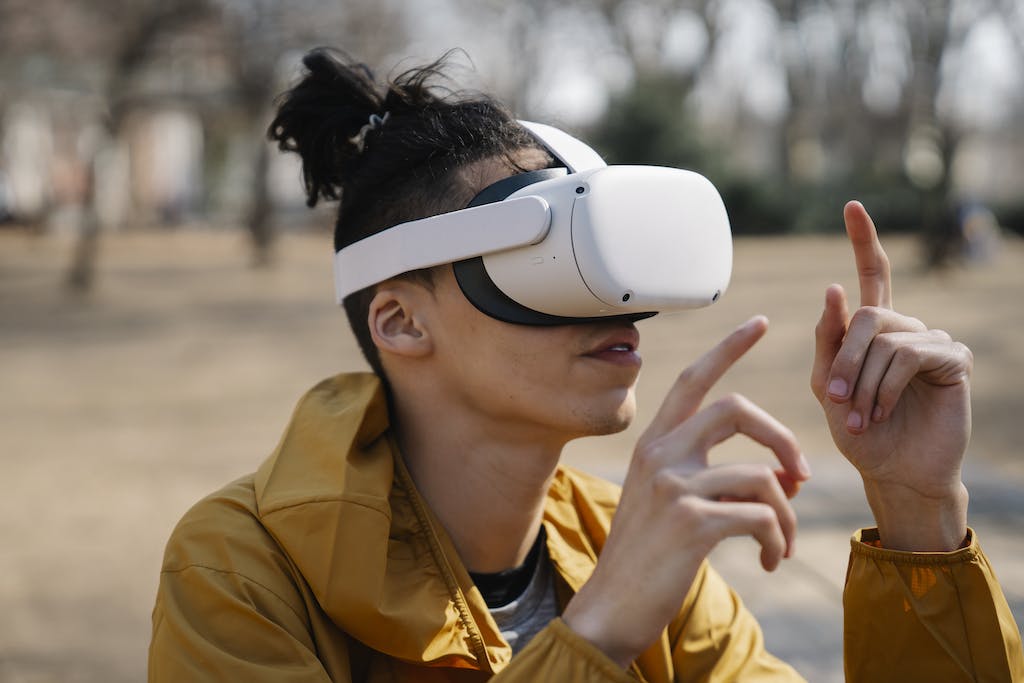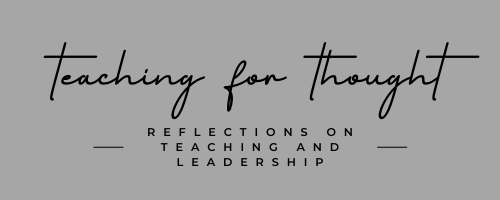Thinking Hats

I often lose myself in the study of leadership. I love it, and I think we could all use more intentional leadership and be more intentional leaders in our own lives.
This is the first of many posts on leadership- a creative activity that helps us understand our own bents and helps us to value the bents of others.
Edward de Bono created the idea of Six Thinking Hats® to help us be more creative and collaborative problem solvers. And, it is just so much fun to play with in the classroom.
Basically, de Bono describes six perspectives we can take on problem solving, six approaches for people to embody as we creatively wrangle with a question.
- Blue Hat- Conductor’s Hat, leading discussion, summarizing perspectives, reaching conclusions
- Green Hat- Creative Hat, imagining all sorts of ideas and solutions, as out of the box you can stretch
- Red Hat- Hat for the Heart, sharing feelings and emotions associated with proposed ideas and solutions, no need to justify
- Yellow Hat- Optimist’s Hat, looking for benefits and added value of each proposed idea and solution
- Black Hat- Judge’s Hat, imagining concerns of ideas and solutions with logical reasoning
- White Hat- Factual Hat, finding information pertaining to any and all ideas
Thinking Hats Activity


- Distribute handout describing de Bono’s Thinking Hats.
- Work through each description together to understand each role/hat, encouraging people to stay within each hat’s job. (ex. Stay in the the facts if your role is assigned as White Hat.)
- Look over some ideas/problems/solutions together. (You could begin with either of the photos above.) Practice wearing each hat and limiting responses and thoughts to that particular hat’s job. More sources for discussion:
- Time for Kids Best Inventions of 2023
- Time’s Best Inventions of 2023
- “Kid Should See This” Inventions Search
- Gaze’s Weirdest Inventions of 2023
- Kids’ Inventions Turned to Real Products
- Unnecessary Inventions
- Some of the Best Recent Environmental Inventions
- Top 5 Sustainability Inventions of 2023
- Human-Powered Car (always a hit)
- Really, choosing weird things to look at and practicing wearing different hats can go on for days. It really is so much fun to stay in one perspective (ex. wearing the yellow hat, ONLY seeing the positive from a pooping dog butt toothpaste topper). On the flip side, if you limit this portion, the group work will likely flop. It really takes practice and discipline to stay within one hat.
- After practicing PLENTY together, assign roles to each person. Then, present an invention to the class, and let them problem solve together. The Blue Hat can summarize for each group.
- An additional exercise: Ask the students to see if they find themselves with a natural “hat”- which is your normal bent? Which is your most difficult hat to hear the perspective of? Which is your most difficult hat to imagine?
This is the kind of thing I would do at dinner with my family- I really find it to be so much fun. Younger students (2nd grade and younger) may stick with group work. Wearing the hats could be too much of a stretch. 3rd grade, January and beyond, is probably about the developmental time to start exploring this kind of perspective wearing. I see this as an activity that can go through adult age levels- always applicable.
Further possible reflections:
- Can you think of a problem where this would have been a really helpful approach?
- Which hat do you think you are particularly skilled offering the perspectives of?
- Which hat would you really want to seek out from someone else, as you struggle with that particular perspective?
- Do you find any of the hats feeling more valuable or less valuable?
It’s really just so much fun- and a great introduction to leadership.







I see how this would be useful in a family setting also. Gaining others perspectives as a goal and changing “hat-roles “ for new found insights and empathy to how others think!